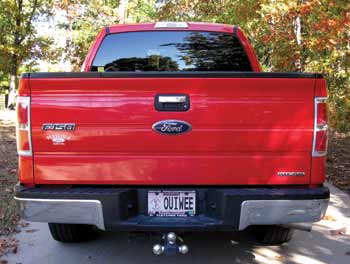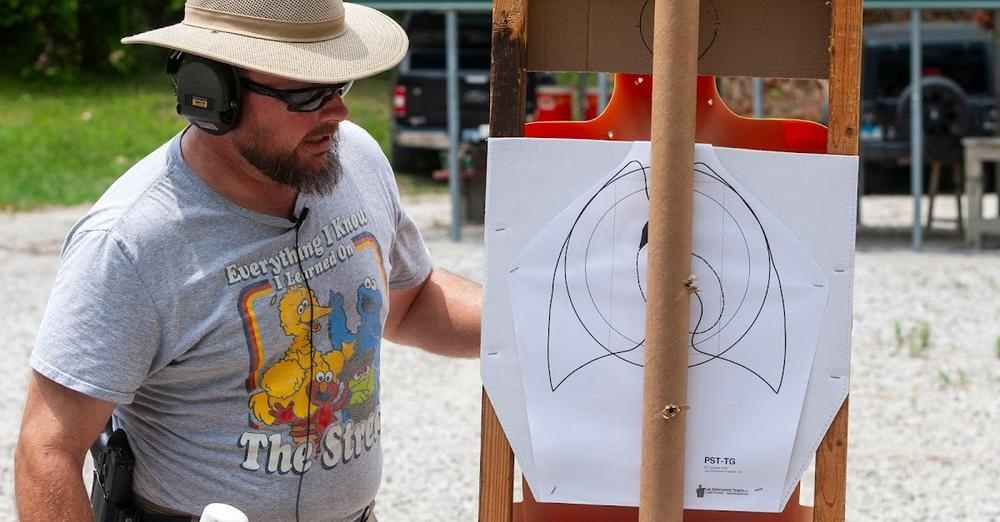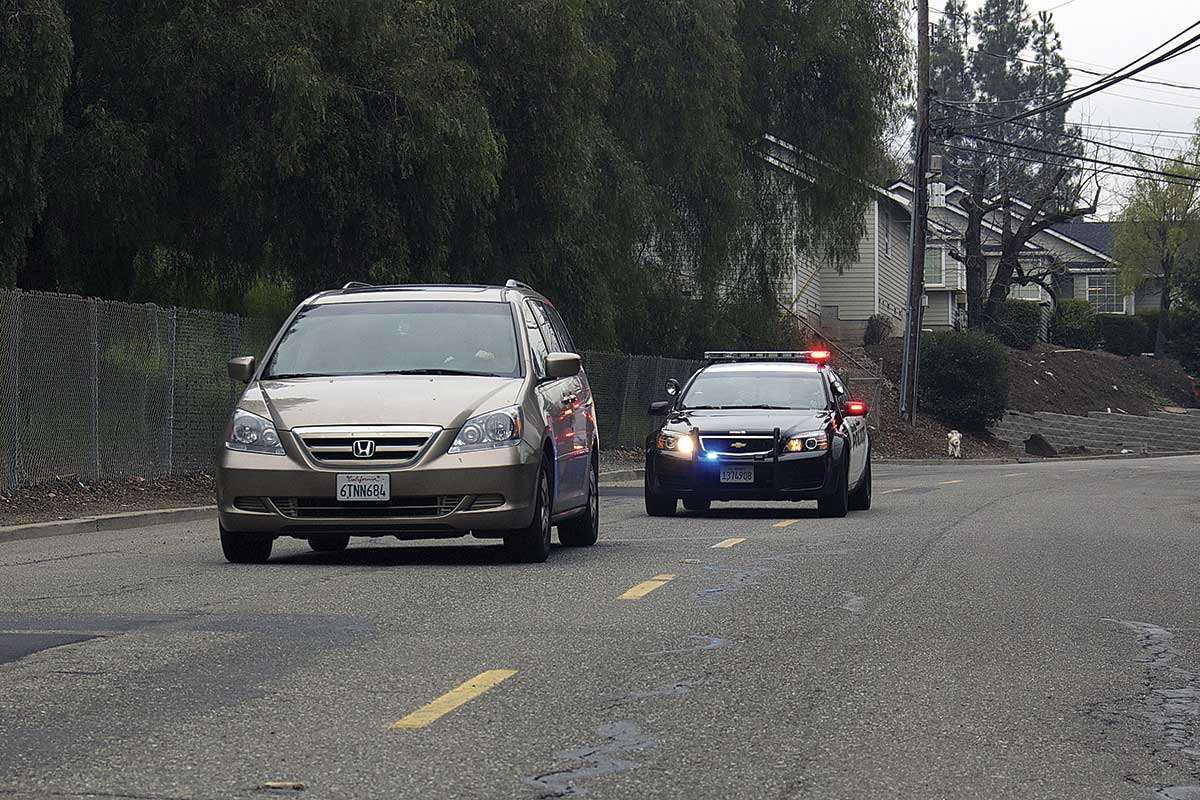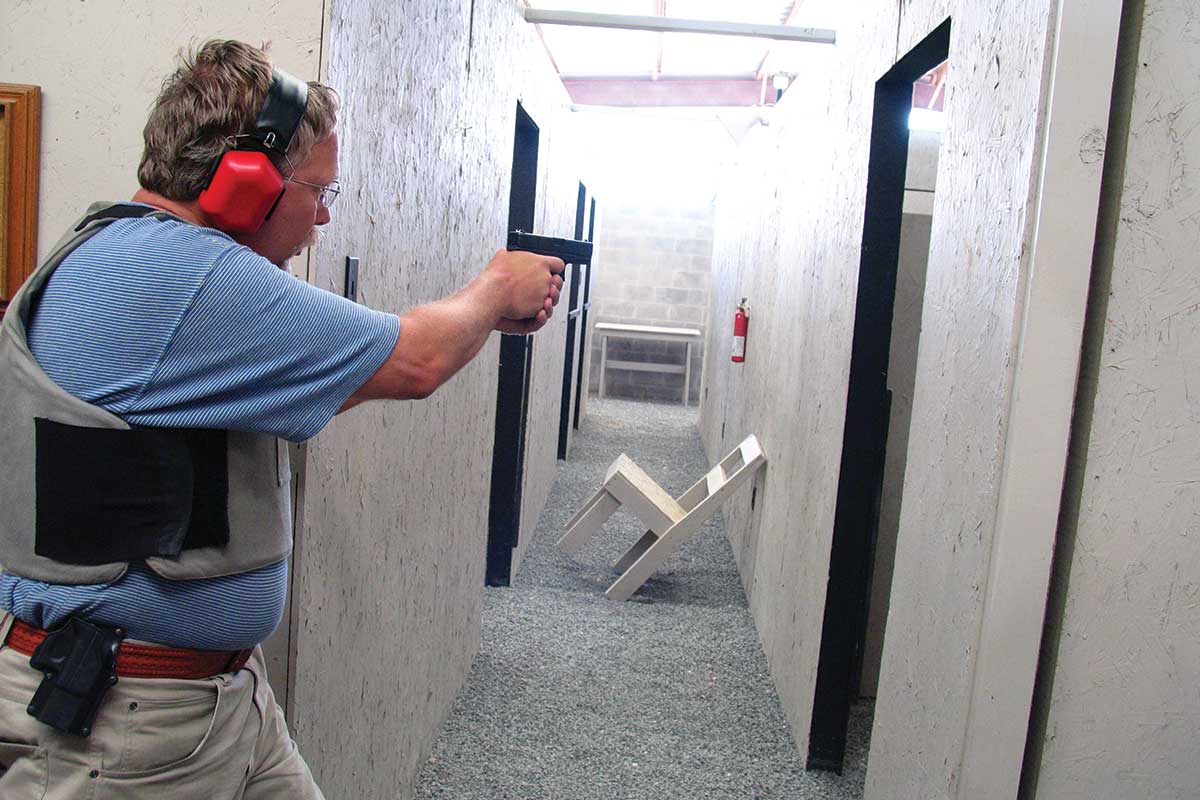
CAR-2
They say a picture’s worth a thousand words, right? Well, what they don’t tell you is; it’s a quality picture that tells the story. When you roll up on a hellacious grinder and you grab the nearest beat cop and tell them, “Start snapping photos,” you expect a certain level of quality. All too often, the problem is when you read the beat cop’s supplemental report; there are only five pictures.
Five.
Two people may have been taken to the hospital via helicopter and one by ambulance. You may have 1,000 yards of debris, carnage and destruction, but Officer Leibovitz gave you five lousy pictures — one of which is of an indiscernible metal origin that may or may not have been part of a vehicle at some point in its existence.
Fear not, fellow traffic dorks! We’re here to save you from feloniously funky photos. Consider this your beat cop’s entry-level quickie course on photographing a collision.
The Bare Minimum
The first step is to get photos of any injuries before the Evidence Eradication Team carts the injured parties away. Speaking of the EET, make sure you get them to move the BRT (Big Red Truck) from atop your evidence as soon as possible.
Once the injured and ambulatory are out of your scene, the next step is to photograph the vehicles before the wrecker can come take them away. You can always get photos of the vehicles at the wrecking yard later, but it’s important to document their points of rest and condition. Clearing the road is important, but having an accurate record of what was where is more important — even with the seemingly mundane fender-benders. And this is usually where a beat cop’s head wants to collapse in upon itself.
Many cops will take a couple quick shots and call it good … but it isn’t. The absolute minimum number of photos per car is eight. Think of cars as rectangles; each side should be photographed as well as each corner. Ideally, there should also be a shot showing a wide angle of damage followed by a close-up shot of the same damage. Very little is more irritating than a close-up of a destroyed vehicle door with no perspective to the overall car. Is it the right rear door or the driver’s?
Taking pictures of crashes isn’t much different than documenting a DV call. We need pictures, right? Would you take only one close-up picture of a bruise on a mystery piece of flesh? Or would you get an overall shot clearly showing the bruising on the right bicep followed by a close-up of the same area?
By Jason Hoschouer














